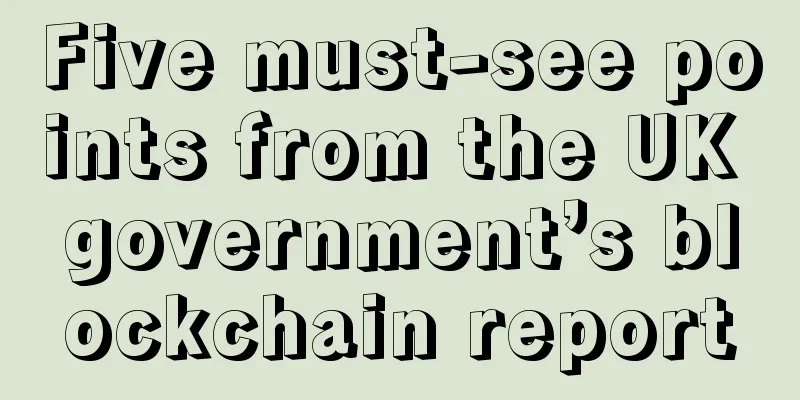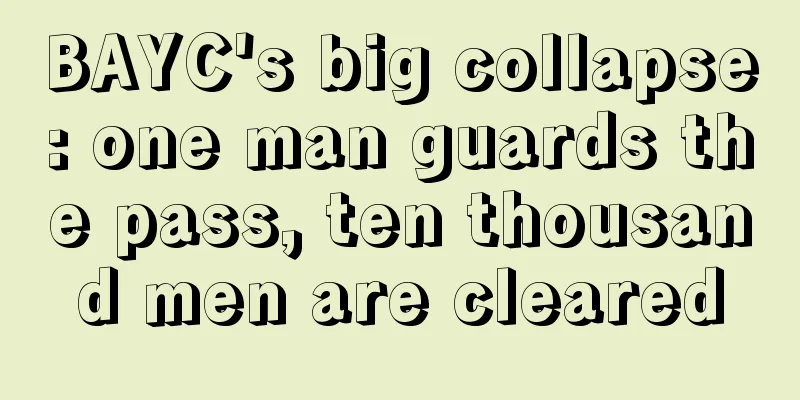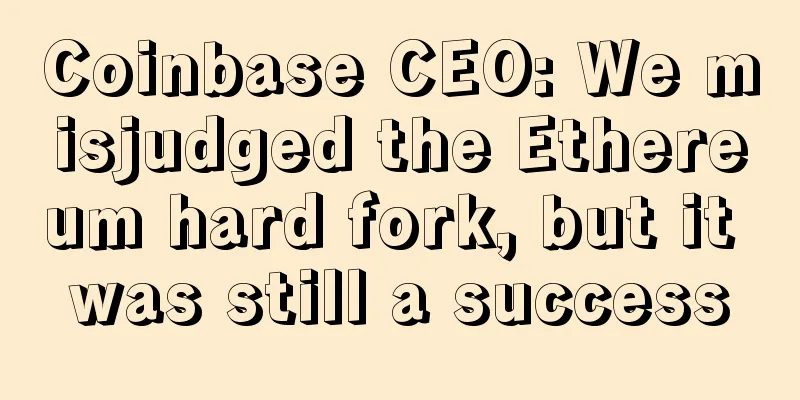|
"The hallmark of human progress is the development of new technologies and the awakening of human ingenuity."
Those were the enthusiastic words penned this week by the UK government’s chief scientific adviser in the foreword to a report on blockchain and distributed ledger technology.
The report takes a positive attitude towards the development of emerging technologies and recommends that governments promote the development and demonstration of blockchain and distributed ledger technology. This attention has been featured in the global media along with blockchain enthusiasts.
Perhaps the most important message to emerge from this advice is that the UK government is encouraging the pursuit of technology.
Author Mark Walport writes: “Distributed ledger technology could potentially help governments collect taxes, distribute dividends, issue passports, record land registries, secure the supply chain of goods, and ensure the integrity of government records and services.”
However, Walport went on to make a number of other suggestions, foreshadowing how the UK government could move forward with his proposals.
In case you missed it, here are the five most important takeaways from the report: 1. Use blockchain technology
Walport wrote in the report that the government’s first priority is to support the development of distributed ledgers and understand how to use the technology to improve business services for the public.
He also suggested that the government could act as a "professional customer" and try out the technology for itself.
In this case, he argued, the government could "support and influence" the development of economic activity in this area. Excerpt:
To ensure the government’s vision is realised, ministerial leadership is needed to drive forward the development of distributed ledger technology platforms.
To be clear, Government Data Services leads the government’s work as a user of distributed ledger technology, and the DCMS Digital Economy Centre leads the government’s work as a promoter of distributed ledger technology. 2. Investment research
Walport said: “While ensuring the technology is robust and scalable, we need to understand the different ethical and social implications of adoption given its different potential uses, financial costs and benefits.”
He encouraged the UK to research innovations and experiment with different distributed ledger solutions.
The UK is already in a good position as research and development is taken seriously. He suggested and warned the UK that the development of distributed ledger technology around the world is interest-driven and highly competitive. Excerpt
The UK research community needs to invest in research into the scalability and security of distributed ledgers, and provide proofs of the correctness of their contents. They need to deliver high-performance, low-latency operations, and deploy the technology in appropriate domains. They need to be energetic.
The newly created Alan Turing Institute, working with think tank groups such as the Whitechapel Institute, could play an important role in coordinating and 'self-organising' public and private research and development interests in this and related technologies.
The private sector should consider investing in the Alan Turing Institute to support pre-competitive research that will ultimately lead to new commercial applications that are robust and secure. This includes work in obvious areas such as cryptography and cybersecurity, but more towards the development of new algorithms. 3. Create an adjustable framework
The author mentioned that according to research and development, the successful application of distributed ledgers requires a good management mechanism to protect participants and fund managers.
Appropriate regulation is also necessary to ensure the system is resilient to "systemic risks and criminal activity".
He said: “The challenge is to strike a balance between preserving the interests of participants in the system and the interests of society more broadly, while avoiding stifling innovation through overly rigid organizational structures.”
Excerpt:
What governments need to consider is how to bring distributed ledgers into the right regulatory framework. Regulations will need to evolve in tandem with new implementations and technology applications.
As part of the price of regulation, the government needs to consider how regulatory objectives can be achieved using both technical and legal norms. The DCMS Centre for the Digital Economy has ownership of this advice. 4. Establish standards to ensure security and privacy
While acknowledging that encryption systems are "very difficult to break," Walport outlined the risks of human error, problems such as poor coding or hardware that could compromise security and confidentiality.
He therefore noted the role of governments in developing appropriate standards to ensure the stability of distributed ledger systems, and he called for research into these potential issues. Excerpt:
Governments need to work with academia and industry to ensure the integrity of standards, security, and privacy settings for distributed ledgers and their contents.
These standards need to be reflected at the regulatory level and in software code. 5. Build trust and collaboration
In digital systems, establishing trust is based on two key points: certification and authorization.
Walport suggested the use and creation of “stronger and more stable” identity management tools that provide authentication while protecting the privacy of the user, whether that person is an individual, an organization, or a government. Furthermore, he said that in order to “maximize the utility of distributed ledgers,” they need to be able to work with other ledgers.
In addition to certification, he said this will require consensus on data agreements, policy agreements and international standards agreements. Excerpt:
In addition to top-down leadership and coordination, building capacity and skills within government is also necessary. We recommend establishing a cross-government community of interest, bringing together the analytical and policy communities, generating and developing potential “use cases”, and building a knowledge and skills community within the civil service.
The GDS and Data Science Alliance, the Office for National Statistics, the Cabinet Office and the Government Science Office can play a role as convener of interest groups. There is a significant opportunity for government to act as a smart customer for distributed ledger applications to stimulate the commercial sector.
| 









